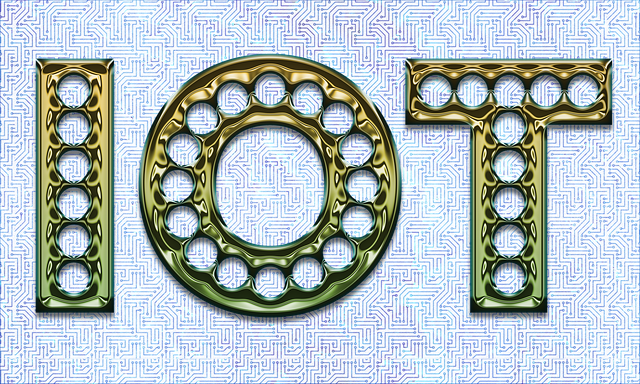Vodafone Business, which connects more than 120 million sensors and devices has selected Oracle’s Billing and Revenue Management solution running on Oracle Cloud to monetise and charge for its IoT services. The solution will run on OCI Container for Kubernetes and is automated with OCI Resource Manager and Terraform across multiple Oracle Cloud Regions.
“We selected Oracle Billing and Revenue Management based on its ability to scale to support our rapid growth and numerous business models. With the solution running on Oracle Cloud, Vodafone Business will be able to deliver the best digital experiences and outcomes for our customers, enabling them to effectively charge for services through an integrated app and infrastructure solution.”
Mabel Pous-Fenollar, Head of IoT Connectivity, Vodafone Business
Oracle says Vodafone Business will now be able to monetise a range of new IoT offerings to their wholesalers, enterprises and partners. They say this might include scenarios such as charging GPS map updates or infotainment in connected vehicles, which will need to be offered on both a subscription or consumption basis.
Omnisperience’s view
IoT is not a single service, but an umbrella term for a range of technologies (such as NB-IoT, LoRa WAN and Sigfox), as well as very different use cases, business and charging models.
IoT is just scratching the surface currently and, while its commercial potential is huge, it is not particularly commercially successful today. The next big challenge for IoT is therefore not a technical one but a commercial one: making it easier to buy and consume. Vodafone itself has acknowledged this and spoken about how its next challenge is to take IoT from being a bespoke large enterprise service – or an ad hoc, solution built from scratch by skilled IT teams – to a mainstream service that is easy for businesses of all sizes to consume. While 99% of businesses are SME, that sector has barely been addressed.
Unlocking the SME IoT market means creating configurable solutions that are easy to buy and affordable. Billing and charging play a critical role here. Charges need to be easy to understand and predict. They also have to be easy to manage, which means IoT charges must be integrated with other charges – which are likely to be billed on other BSS stack(s) – and displayed in a single place.
IoT billing is different to billing for other types of service. The legacy billing paradigm is designed to bill people for communication services and has been adapted for data services. But there is a big difference in billing for sensors or devices that generate $5 per year in revenue rather than people or homes that generate upwards of $150 per year. The cost of billing has to be appropriate to the charge or the service will not be profitable. Legacy billing systems are thus unlikely to be able to bill at such a low cost per SIM, device or sensor, as they haven’t been designed for this ultra low-cost paradigm. Neither are they likely to be able to scale to the high volume of devices anticipated for successful IoT services.
There are two other obvious challenges. The first is that to unlock the SME market service providers have to move beyond providing elements of a service (ie connnectivity) and expecting customers to self-assemble a service by buying required elements individually and then integrating them. SMEs will require their service provider to deliver a tailorable solution. This means that more elements will need to be charged for than just connectivity, and there is likely to be a requirement for supply chain billing to share revenue with partners. More complex and potentially hybrid billing models will need to be supported for value-adding services in both B2B and B2B2X scenarios. The charge may be within a subscription, on an ad-hoc per-usage basis or as an overage. Split billing may also be required, so that enterprises can divide charges between employees’ personal and business use.
The second challenge also speaks to consumability. From the B2B customer’s perspective, IoT is just another ICT service that they wish to consume and they will expect to see all their charges in one place. IoT charges may therefore be collected and calculated on a dedicated BSS but need to be exposed on the customer’s digital billing portal, so that they can understand charges within the context of their regular business activities, easily assign costs to projects or cost centres, drill down through detail to understand charges, monitor their charges and so on.
Sophisticated bill presentment can provide real value to enterprises and SMEs by highlighting any excess or unexpected charges, or by suggesting alternative packages that may make more financial sense (“if you subscribed to our XX package you could have saved £$£ rather than paying for this on a usage basis”).
Helping enterprises understand and manage their IoT charges as part of their normal business activities is essential as IoT becomes a mainstream service that is simply part of everyday business. For companies such as Vodafone with ambitions to maximise the B2B potential of IoT, their ability to complete the circle and help their customers buy, understand, manage and consume IoT is vital to success.
